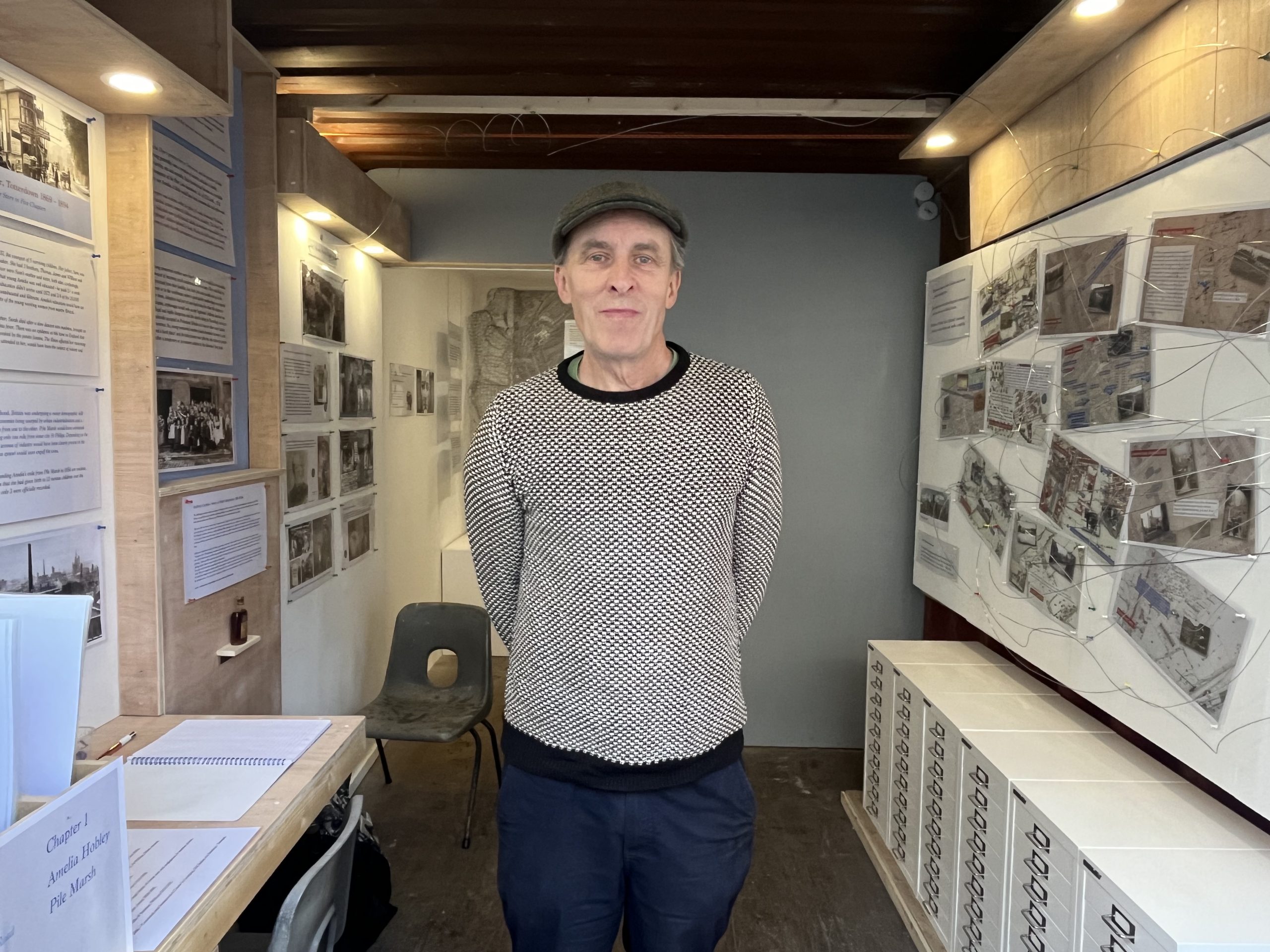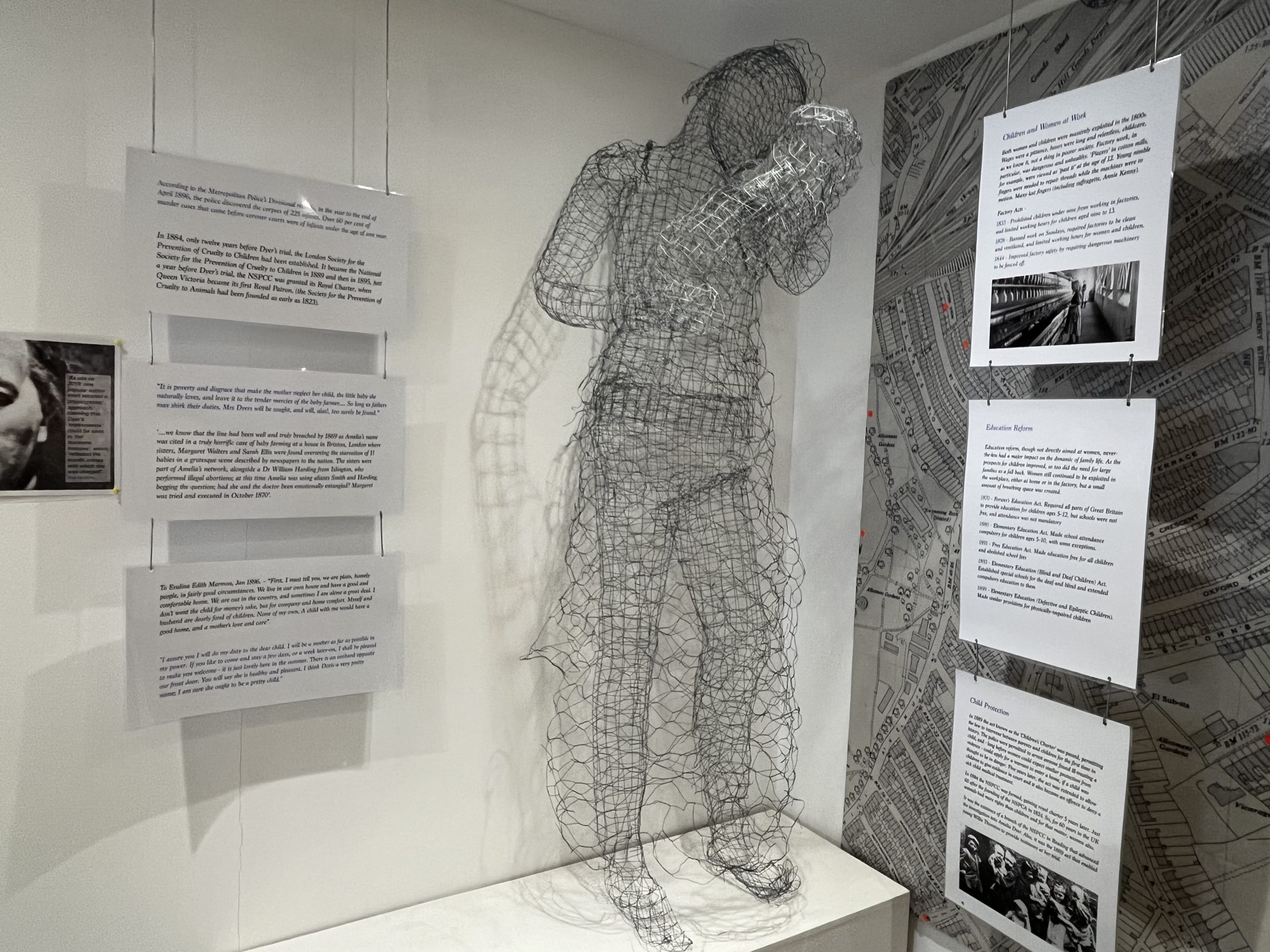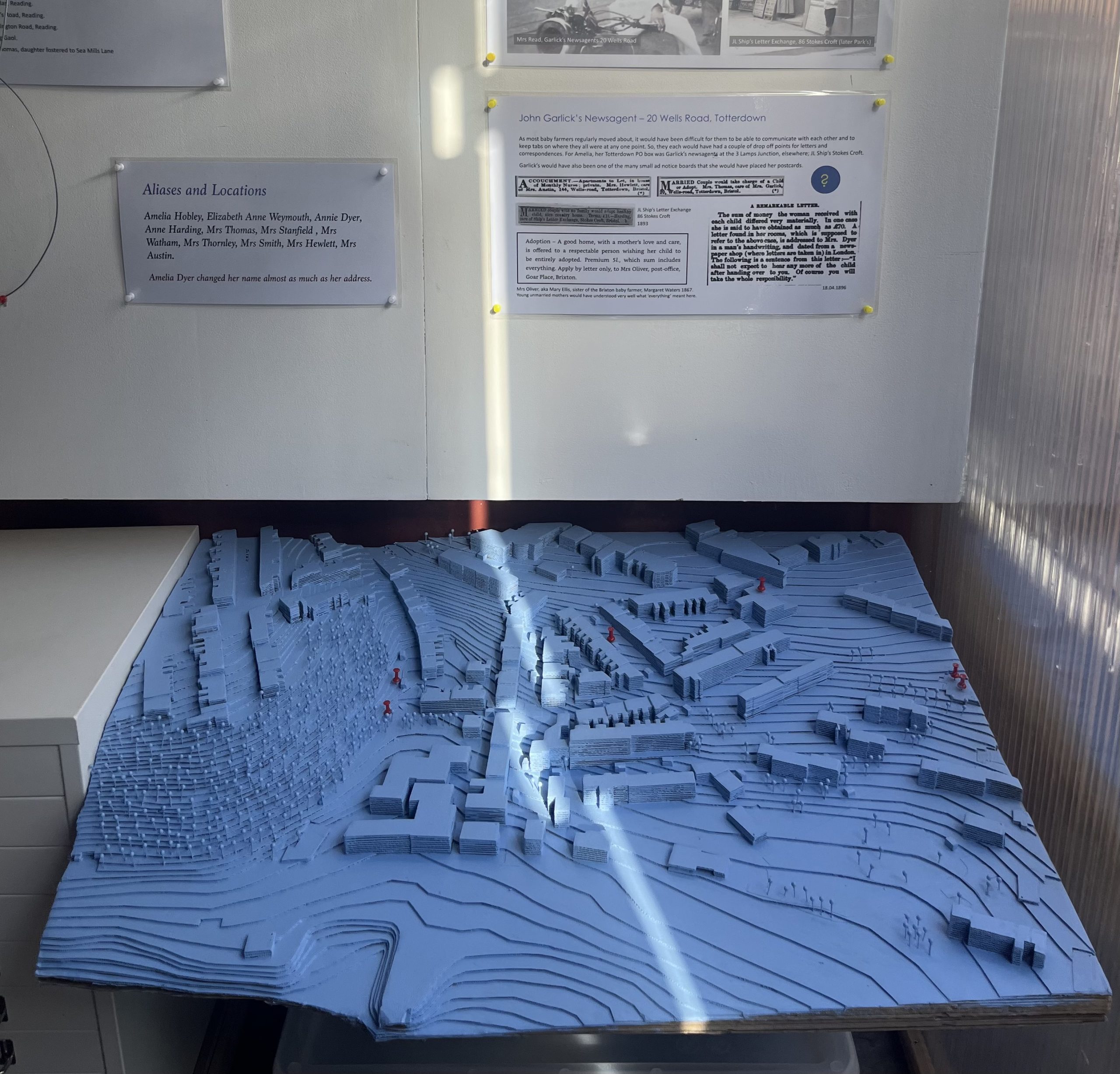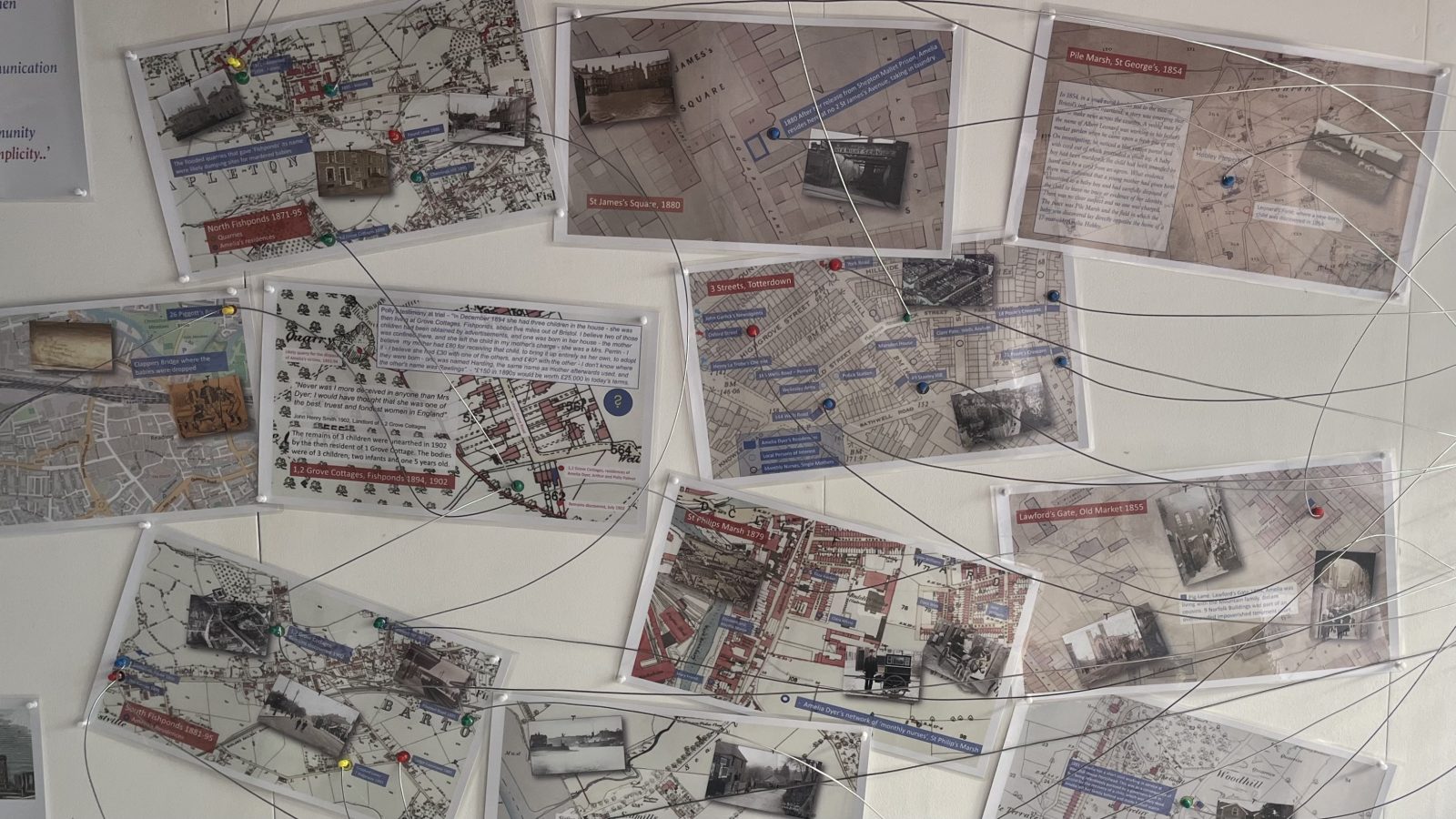News / totterdown
New exhibition tells story of notorious ‘baby farmer’
With high mortality rates in Victorian Bristol, one of Britain’s most prolific mass murderers was able to hide what she was doing for more than 30 years.
Amelia Dyer carried out her work among the houses that had recently been built for railway workers in the new hillside suburb of Totterdown.
Dyer participated in ‘baby farming’, which involved taking unwanted children from single mothers for a fee and promising to give them a better life.
is needed now More than ever
But instead of finding safe housing for the youngsters, Dyer would murder them using an opioid named Godfrey’s Cordial. Mothers often used the cordial to sedate their child while they worked – but in high quantities, it acted as a poison.
The Museum of Totterdown is running a crime scene ‘incident room’ throughout March to reinvestigate Dyer’s life.

Curator John O’Connor hopes to tell many more stories of Totterdown within the museum – photo: Alexandra Hill
Dyer wasn’t simply a “monstrous character in the middle of true crime lore, but part of a much larger story”, curator John O’Connor told me when I visited the museum within a converted shipping container off Wells Road.
“She was the product of a patriarchal, misogynistic society in which women had a huge amount to contend with.”
In the Victorian era, women who became pregnant outside of marriage were extremely vulnerable and often thrown out of the family home for their ‘immorality’.
“There would be no backup for these women,” said John, who trained as a sculptor before becoming interested in local history and heritage.
“Orphanages would only accept legitimate children and adoption didn’t really exist yet.
“Abortion was legal but really dangerous, so characters like Amelia offered them an out.”

A “ghostly” sculpture of a woman and child – photo: Alexandra Hill
The Museum of Totterdown has been open since 2023 and, for John, “is by Totterdown, for Totterdown”.
“We have a very informed and knowledgeable community who work closely with the project,” he said.
Many residents have done their own research on Dyer but many questions still remain tantalisingly unanswered.

Prolific mass murderer Amelia Dyer carried out her killings across Totterdown when it was a newly built suburb – photo: Alexandra Hill
Visitors to the interactive exhibition are invited to explore evidence and “play detective”.
John hints to the possible role that the wider 19th century Totterdown community played in Dyer’s murders.
“The landlady who lived across the road owned a beer-house and has a whole story of her own. On the corner house, we think there were possible money-launderers for Amelia.
“We are admitting that we don’t know everything, so we are asking people to put themselves in the shoes of what’s going on.”
The free exhibition is open between 2pm and 6pm until March 16 and can be found at the Museum of Totterdown in Zone A on the corner of Wells Road and Firfield Street
Main photo: Alexandra Hill
Read next:
 Our newsletters emailed directly to you
Our newsletters emailed directly to you



















